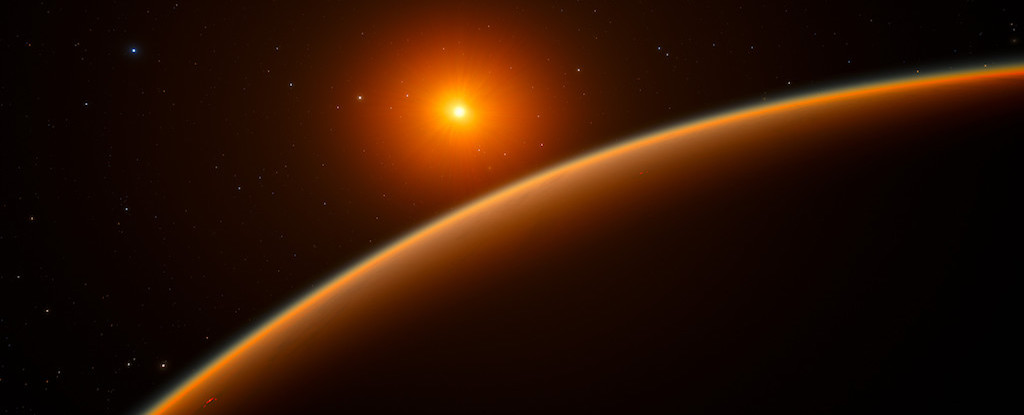
Astronomers have found growing evidence that super-Earths—rocky planets larger than Earth but smaller than Neptune—are far more abundant in the galaxy than previously estimated. These planetary bodies, which could harbor the key conditions for life, are now thought to be one of the most common types of planets in the universe.
Super-Earths typically have a mass between two to ten times that of Earth and may exhibit diverse environments, ranging from scorching hot surfaces to temperate climates favorable for life. Their frequency was notably underestimated due to past limitations in detection technology and observational data.
However, advancements in space telescopes and data analysis methods have dramatically improved scientists’ ability to detect smaller exoplanets orbiting distant stars. Recent surveys and findings have revealed that many stars in the Milky Way host planets within this size range, often in multi-planet systems.
Researchers are now focusing their efforts on studying the atmospheres of these super-Earths, using tools such as the James Webb Space Telescope, to assess their potential habitability and chemical composition. These investigations may ultimately help scientists understand whether Earth-like life could emerge elsewhere in the cosmos.
As our ability to observe and analyze exoplanets improves, the study of super-Earths promises to remain a key frontier in the search for extraterrestrial life and the understanding of planetary evolution beyond our Solar System.
Source: https:// – Courtesy of the original publisher.






